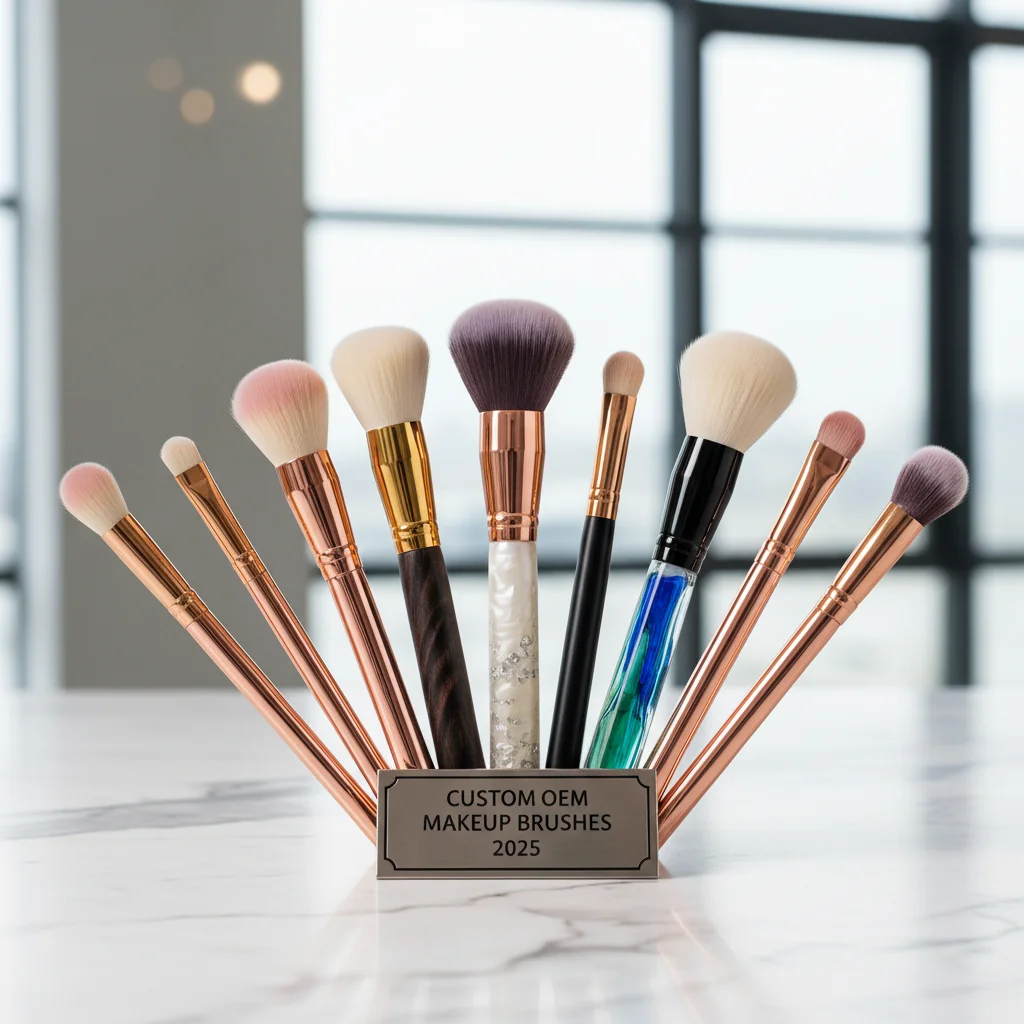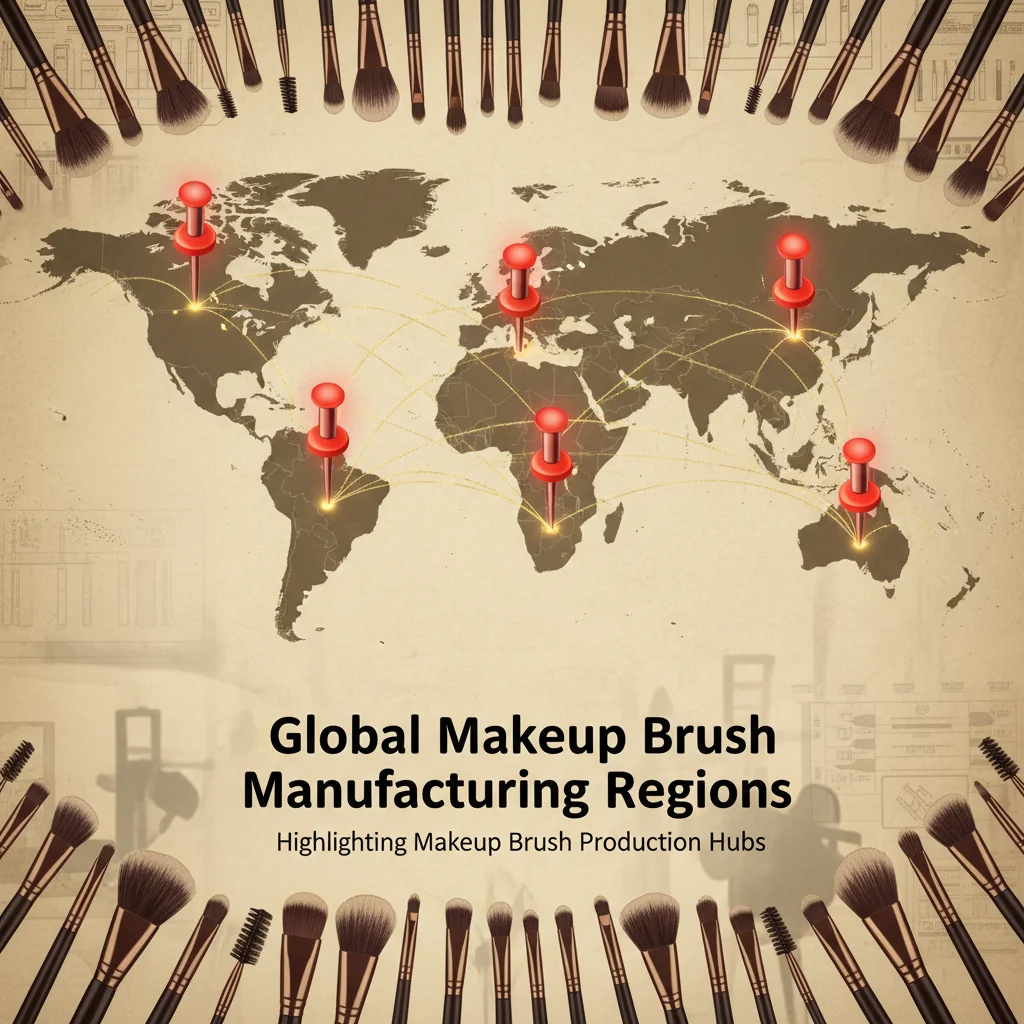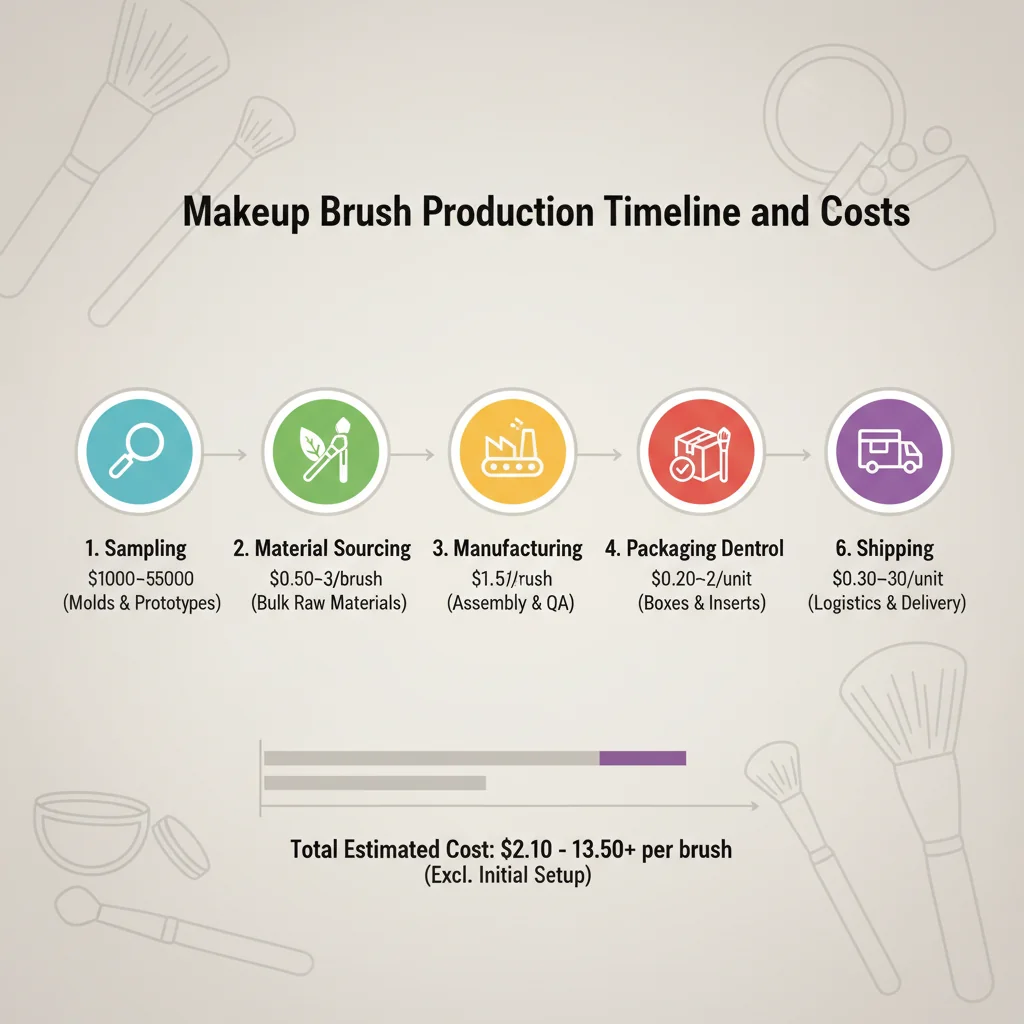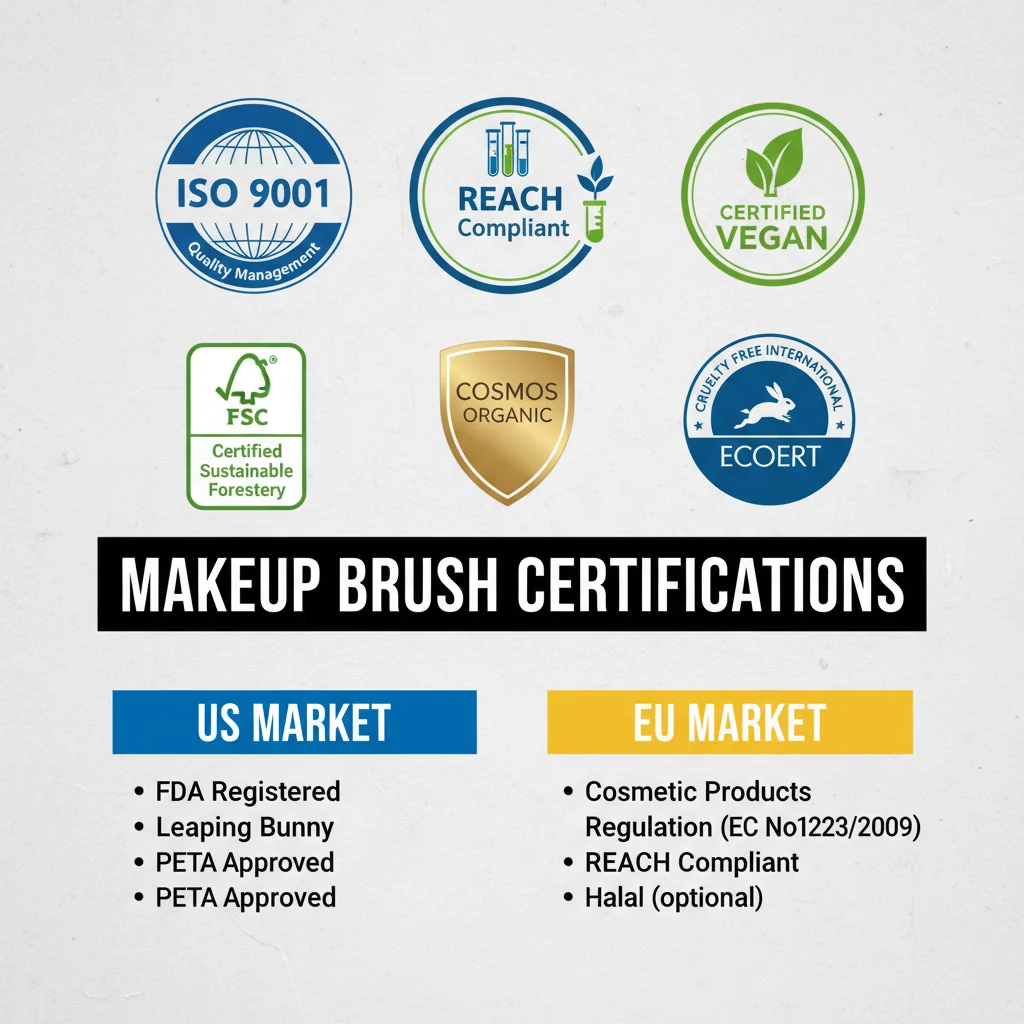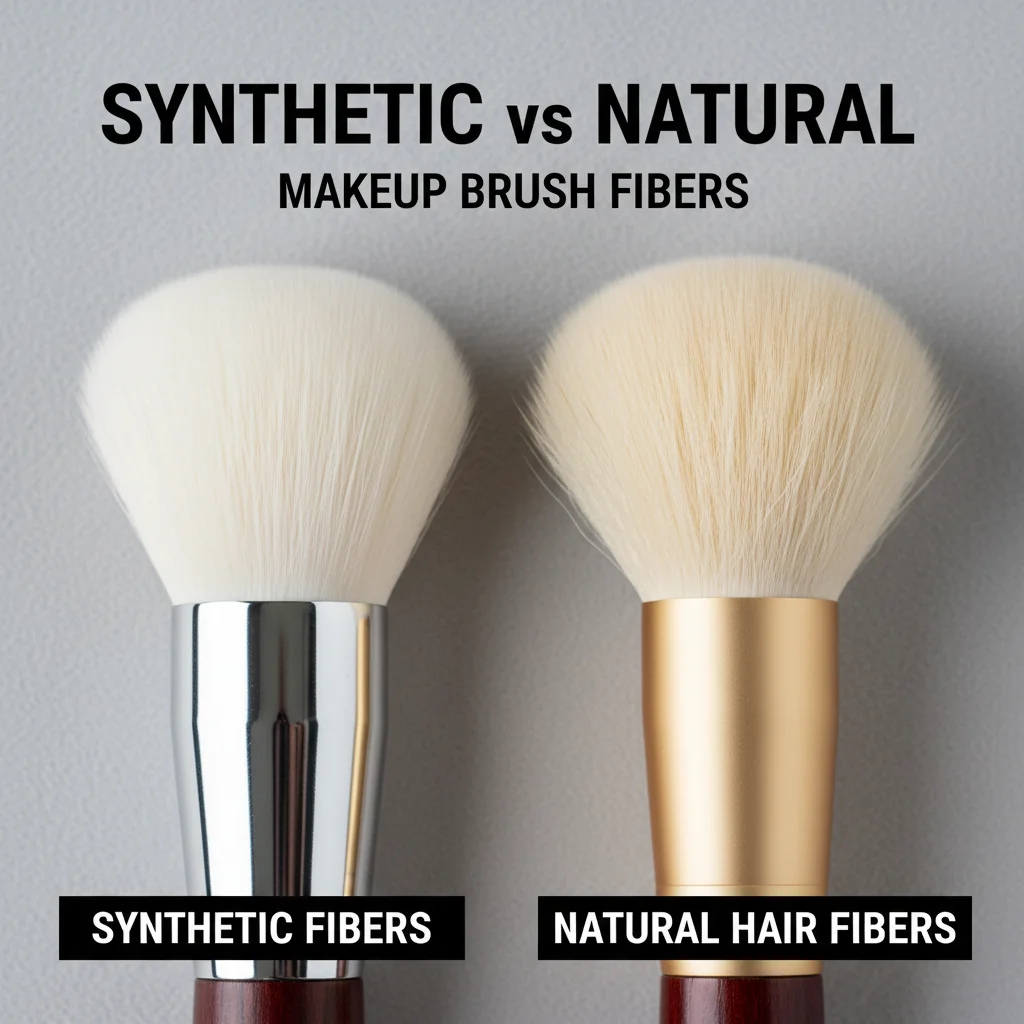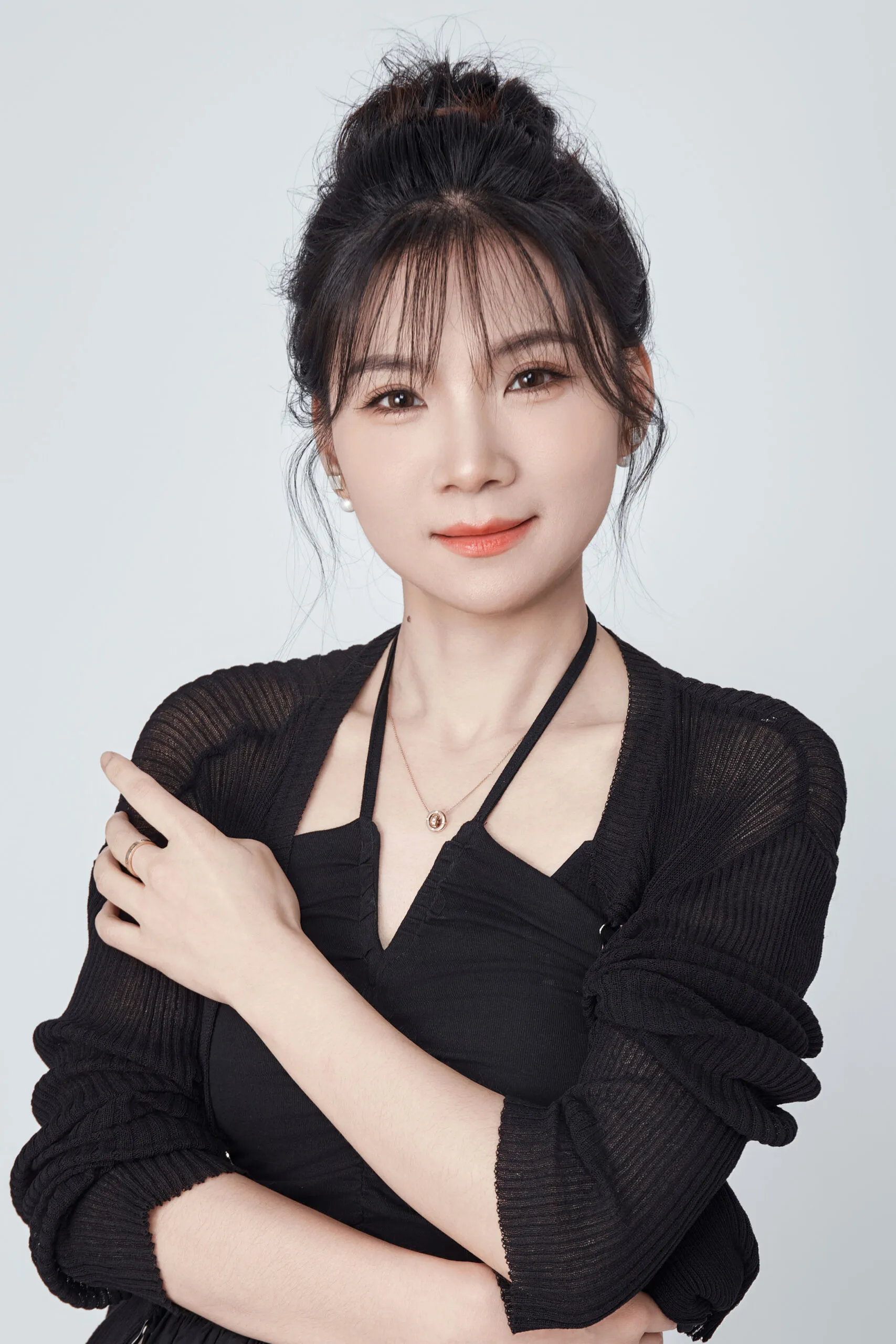Finding a reliable OEM/ODM makeup brush1 partner feels impossible. You worry about sinking money into poor-quality brushes that shed, have loose handles, and ultimately damage your brand’s reputation. This guide cuts through the noise, giving you a vetted list and the data you need.
B2B buyers should shortlist manufacturers by region and goal: Japan/Italy for luxury (high price, long lead times), China for speed and flexible MOQs (100-500 sets), and the US for design partnerships. Prioritize ISO 9001 factories2 with REACH-compliant, vegan materials and FSC-certified packaging.
When I first started on the factory floor, I saw firsthand what separates a great brush from a bad one. It’s not just about the hair; it’s the glue, the ferrule crimping, the handle’s balance. So many brands, especially new ones, get taken advantage of by factories that overpromise and underdeliver. I created my own company, Brushino, to change that. My goal is to make the manufacturing process transparent for brand founders like you. This isn’t just another list. This is a guide based on years of experience, designed to help you find a partner who will help you grow.
Let’s start with a quick look at the market. The demand for quality cosmetic brushes is growing steadily.
The global cosmetic brush market is projected to reach $6.01 billion by 2034, growing at a CAGR of 4.9%.True
This data from a market research firm highlights the steady growth and opportunity in the beauty tools sector for new and existing brands.
The Top 10 Makeup Brush Manufacturers for 2025
Here is my shortlist of manufacturers, categorized to help you find the right fit for your brand, whether you’re a startup or a global retailer.
| Manufacturer | Ideal Buyer Profile | MOQ | lead time3 | Price Band | Key Strengths |
|---|---|---|---|---|---|
| Taiki Cosmetics | Prestige/Luxury Brands | 5,000+ units | 60-90 days | $$$$ | Patented fiber tech, global R&D, strong compliance. |
| Anisa International | Major US Retail Brands | 3,000-5,000+ units | 60-75 days | $$$ | US-based design, strong brand partnerships, social responsibility. |
| Pennelli Faro | European Luxury/Indie | 1,000-3,000+ units | 45-70 days | $$$ | Italian craftsmanship, innovative design, strong EU compliance. |
| Hakuhodo | Ultra-Luxury Niche | 1,000+ units | 90-120 days | $$$$$ | Unmatched handmade quality, traditional Japanese techniques. |
| Crown Brush | Mass Market/Pro MUA | 1,000-3,000 units | 45-60 days | $$ | Wide product range, US distribution, good for entry-level. |
| EIGSHOW Beauty | Indie/DTC Brands | 500-1,000 sets | 30-50 days | $$ | Strong cost-performance, good customization, vegan focus. |
| Nanchang Fontaine | Mid-Market/Online Sellers | 500-1,000 sets | 35-55 days | $$ | Flexible OEM, good balance of quality and cost. |
| Jafon | Startups/Small Brands | 100-500 sets | 30-45 days | $ | Very low MOQ, fast sampling, ideal for testing the market. |
| BS-Mall | Amazon/Marketplace Sellers | 500-1,000 sets | 30-45 days | $ | High-volume, low-cost production for standard sets. |
| SBLC Cosmetics | Entry-Level Private Label | 500-1,000 units | 40-60 days | $-$$ | Good for beginners, offers a simple private label process. |
Which countries make the best makeup brush manufacturers for private label in 2025?
Choosing a country to source from feels like a huge decision with major consequences. You’re balancing cost, quality, and speed, and a wrong choice can set your launch back months.
The best country depends entirely on your brand’s needs. Japan and Italy offer prestige and craftsmanship at a high cost. China provides an unbeatable balance of speed, flexibility, and cost-performance. The USA offers convenience and design collaboration for those with larger budgets.
A Deeper Look at Sourcing Regions
When I built my factory, I chose China because I saw the potential to combine quality craftsmanship with the efficiency and flexibility that new brands need. But every region has its unique strengths. You need to match the region’s specialty to your brand’s goals. Are you aiming for an ultra-luxury, handcrafted story, or do you need to launch a trendy, vegan brush set quickly for your Shopify store?
Here’s a breakdown to help you decide:
| Country | Best For | Quality & Craftsmanship | Cost | Lead Time & MOQ |
|---|---|---|---|---|
| Japan | Prestige, Luxury | World-class, artisanal | Highest | Longest, High MOQ |
| Italy | Boutique, Design-Forward | Excellent, artisanal | High | Long, High MOQ |
| China | Startups, DTC, Mass | Good to Excellent | Lowest | Fastest, Low MOQ |
| USA | Retail, Brand Collabs | Very Good, Design-focused | High | Moderate, High MOQ |
Think of it this way:
- Japan (Hakuhodo, Taiki): Choose Japan if your brand’s core identity is built on unparalleled craftsmanship and you have the budget and timeline to support it.
- Italy (Pennelli Faro): Go with Italy for a design-centric, European luxury feel. They are fantastic for creating unique, innovative brush shapes.
- USA (Anisa, Crown): Source from the US if you are a large retail brand that needs close collaboration on design and marketing, and values domestic logistics.
- China (EIGSHOW, Jafon, Brushino): Partner with a Chinese factory if you are an indie brand, a DTC seller, or a startup. The flexibility on MOQ, speed of sampling, and cost-effectiveness are unmatched. But, you must vet your partner carefully.
The Asia-Pacific (APAC) region is expected to lead growth in the cosmetic brush market.True
This trend, noted by multiple market reports, is driven by the manufacturing capabilities and cost-effectiveness of countries like China, making it a central hub for brands globally.
All Chinese factories offer the same low quality.False
This is a common misconception. China has a vast range of factories, from low-end mass producers to high-end, ISO-certified facilities that supply global luxury brands. The key is rigorous vetting.
What MOQ, lead time, and price range should B2B buyers expect for OEM/ODM makeup brushes in 2025?
You have a great idea for a brush set, but you’re worried factories won’t take you seriously with a small order. Or you’re afraid hidden costs and long delays will ruin your launch.
For startups, expect MOQs of 100–500 sets from flexible Chinese OEMs, with production taking 30–60 days. For premium factories in Japan or Italy, MOQs are often 1,000–5,000+ units with longer lead times. Prices depend on fibers, handles, and finishes.
Breaking Down the Numbers
These numbers—MOQ, lead time, and price—are the first questions every brand founder asks. I get it. Your budget and launch calendar depend on them. But these figures aren’t random; they are directly tied to the materials and processes you choose. A simple powder brush is very different from a custom-shaped brush with a PVD-coated ferrule and an FSC-certified birchwood handle.
Let’s map out what you can realistically expect:
Typical Timelines
- Sampling: 15–30 days. This is where you confirm the shape, density, and feel. A good partner will get this right in 1-2 rounds.
- Production: 30–60 days. This begins after you approve the "golden sample."
- Logistics: 7–40 days. Air freight is faster and more expensive (7-10 days), while sea freight is more economical for larger orders (30-40 days).
MOQ (Minimum Order Quantity)
- Startup-Friendly (China): 100–500 sets. This is what we focus on at Brushino, because I believe new brands need a chance to test the market without massive inventory risk.
- Mid-Tier (China, USA): 1,000–3,000 sets. Common for established online brands or those entering retail.
- Prestige/Mass (Japan, Italy, USA): 5,000+ sets. Required by large-scale factories that supply global retailers.
Price Drivers
The final unit cost is a sum of its parts. Here’s what impacts it most:
- Fibers: Next-gen synthetic fibers can sometimes cost as much as natural hair, but offer better performance and consistency.
- Ferrule: Brass is more premium and durable than aluminum. Finishes like PVD are more expensive than standard electroplating.
- Handle: FSC-certified wood, solid acrylic, or recycled aluminum cost more than standard painted wood or plastic.
- Packaging: Custom-designed, FSC-certified paper boxes will have a higher cost than a simple polybag.
A lower MOQ always means a higher per-unit price.True
Factories have fixed costs for machine setup and materials. Spreading these costs over a smaller number of units naturally increases the price for each individual item.
Lead time starts the day you place your order.False
The production lead time clock only starts after you have approved the final pre-production sample (the 'golden sample') and submitted your payment. Sampling and revisions can add several weeks to the total timeline.
Which certifications and quality systems matter for importing makeup brushes into the US/EU?
You see logos like ISO, FSC, and REACH on supplier websites, but you’re not sure which ones are real or which ones you actually need. You’re worried your shipment could get stopped at customs or, worse, that your products could be unsafe for customers.
For US/EU markets, prioritize factories with ISO 9001 for quality management. For materials, ensure they are REACH (EU) and Prop 65 (California) compliant. For sustainability claims, look for FSC for wood/paper and credible vegan/cruelty-free documentation.
Your Compliance Checklist
When I was helping my first clients export to Europe, I learned the hard way that documentation is everything. A missing chemical safety report can hold up a container for weeks. These certifications aren’t just logos; they are proof that your partner operates professionally and that your products are safe and legally compliant for sale in Western markets. Don’t just take a factory’s word for it—always ask to see the actual certificates and check their validity.
Here are the key certifications and what they mean for you:
- ISO 9001 (Quality Management System): This is the big one. It shows the factory has standardized processes for quality control, from raw materials to final inspection. It’s a strong indicator of reliability and consistency.
- BSCI or SMETA (Social Audits): These are important if you plan to sell to major retailers. They audit the factory for ethical labor practices, ensuring fair wages and safe working conditions.
- FSC (Forest Stewardship Council): If you use wood handles or paper packaging, this certification proves the materials come from responsibly managed forests. This is crucial for any brand with a sustainability message.
- REACH (EU Chemical Safety): This is non-negotiable for the EU market. It restricts harmful chemicals in all parts of your product, including the glue, handle paint, and even the inks on your packaging.
- Prop 65 & CPSIA (US Compliance): These are US regulations, with Prop 65 being specific to California. They limit hazardous substances, particularly in packaging and items for children.
A factory with an ISO 9001 certificate guarantees a 0% defect rate.False
ISO 9001 ensures a factory has a quality *system* in place to catch and manage defects. It significantly reduces risk but doesn't eliminate the possibility of errors. Always agree on an acceptable quality limit (AQL) with your supplier.
Vegan and Cruelty-Free are regulated terms.True
While enforcement varies, making these claims without proper documentation (e.g., supplier affidavits for all raw materials, no animal testing) can lead to legal challenges from consumer groups and regulators in the US and EU.
Synthetic vs. natural hair: which brush fibers are best for modern brands, and how do they affect cost and performance?
You want brushes that perform beautifully, but you’re also committed to being a cruelty-free brand. You’re wondering if synthetic fibers can truly match the quality of natural hair and how that choice will affect your product cost.
Modern, high-performance synthetic fibers now match or even exceed the performance of natural hair, especially with liquid and cream formulas. They are more hygienic, durable, and align with the growing consumer demand for vegan and cruelty-free products.
The Shift to High-Tech Vegan Fibers
For years, the industry believed that only natural animal hair (like goat, squirrel, or sable) could provide a flawless makeup application. When I started, that was the standard for quality. But the technology has changed dramatically. The truth is, the best synthetic fibers today are engineered for specific tasks. They have textured surfaces and tapered ends that mimic the pickup and laydown of natural hair, but with more consistency and durability.
Here’s how they stack up:
Synthetic (Vegan) Fibers
- Performance: Excellent with liquids, creams, and powders. They don’t absorb product like natural hair, which means less waste. They are also easier to clean and more hygienic.
- Cost: Historically cheaper, but the price of advanced, patented synthetic fibers can now be on par with common natural hairs. However, their price is stable and not subject to animal sourcing fluctuations.
- Brand Positioning: This is the biggest advantage. "Vegan" and "Cruelty-Free" are powerful messages that resonate strongly with modern consumers. It simplifies your supply chain and removes ethical concerns.
Natural Hair Fibers
- Performance: Still prized in the ultra-luxury market, especially for applying powder products. The unique cuticle structure of animal hair can provide an incredibly soft feel.
- Cost: Prices are volatile and have been increasing due to sourcing challenges and regulations. High-grade natural hair is very expensive.
- Brand Positioning: This is becoming a liability. Sourcing is complex, and making cruelty-free claims is difficult. Many large retailers and entire markets are moving away from natural hair altogether.
For 99% of brands launching today, I strongly recommend using high-quality synthetic fibers. The performance is there, the quality is consistent, and it aligns your brand with the values of today’s beauty customer.
Synthetic brushes cause more skin irritation than natural brushes.False
This is an outdated myth. Modern synthetic fibers are incredibly soft and hypoallergenic. In fact, because they are less porous and easier to clean, they are often a better choice for sensitive skin as they harbor less bacteria.
All synthetic fibers are the same.False
There is a huge quality difference between cheap, straight-cut plastic filaments and advanced, textured, and tapered fibers. The best manufacturers have their own proprietary synthetic blends designed to mimic specific types of natural hair.
Conclusion
Choosing the right manufacturer is the most important decision you’ll make. Use this guide to vet partners based on your specific needs for quality, cost, speed, and compliance.
References
-
Understanding the advantages of OEM/ODM partnerships can help you make informed decisions for your brand. ↩
-
Learn how ISO 9001 certification ensures quality management in manufacturing, crucial for brand reputation. ↩
-
Learn about the elements that influence lead time to better manage your product launch schedule. ↩
